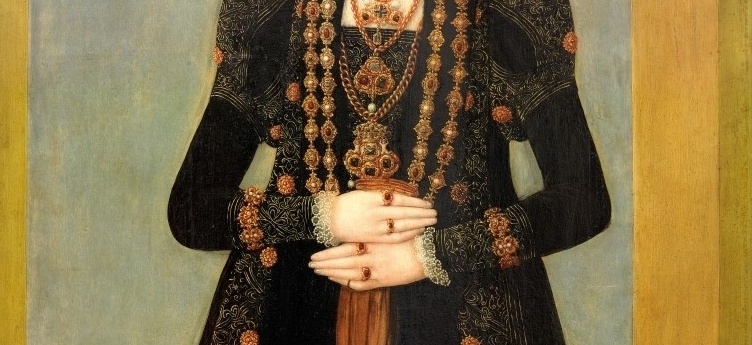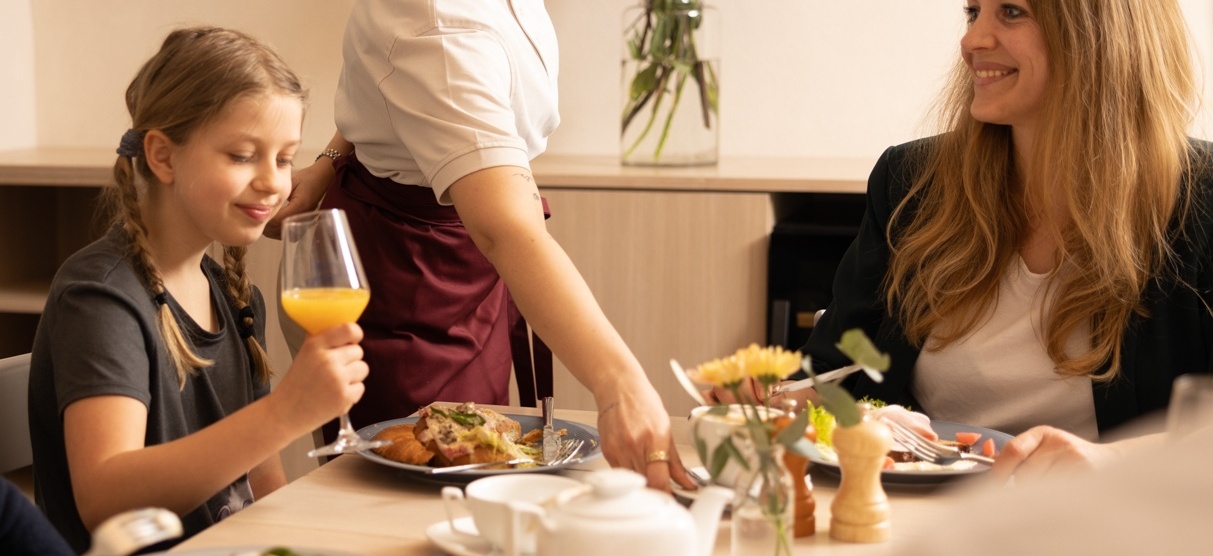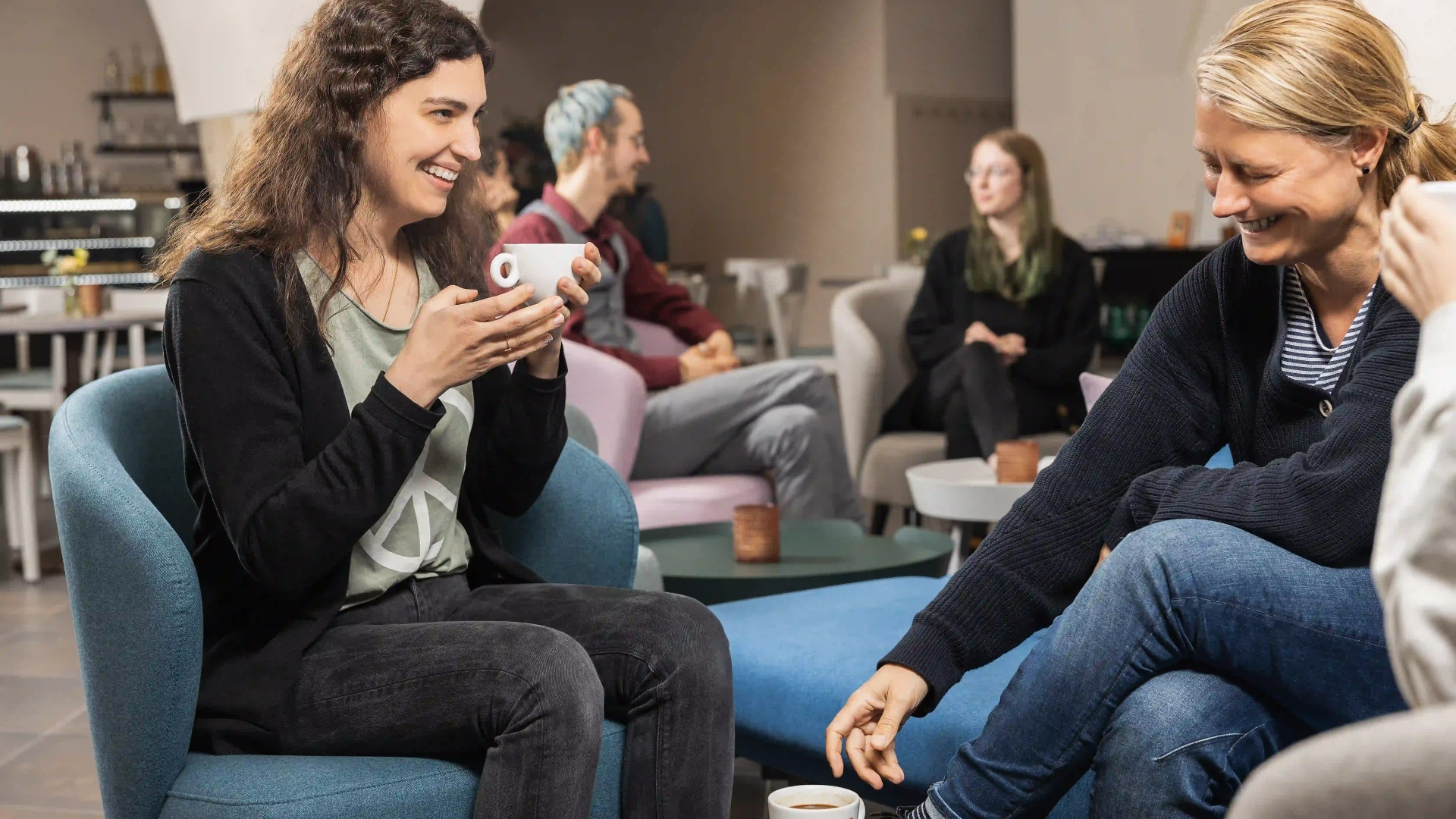Anna von Dänemark (1532 – 1585)
Born a king’s daughter and wife of Elector Augustus of Saxony, Anna is considered one of the most fascinating women of the 16th century. Historical records portray her as a confident, highly educated, and tirelessly active princess. Anna personally oversaw the royal household—especially the court kitchen. She sought out new ornamental and useful plants, promoted agriculture and livestock breeding, particularly on her estate in Ostra near Dresden. Each year, she dedicated herself to processing large quantities of fruit and vegetables. The resulting juices, purées, confections, and dried fruits were used in the court kitchen, sent as gifts, or sold. Her products and recipes were highly sought after. She had a special fondness for quinces and medlars.
Her most renowned creation was the high-proof Aqua Vitae, used as a healing remedy. Its production involved 350 herbs, roots, spices, animal parts, and flowers, took two to three years, and underwent nine rounds of distillation.
(c) Christine Nagel, Wiss. Mitarbeiterin der Staatliche Kunstsammlungen Dresden




